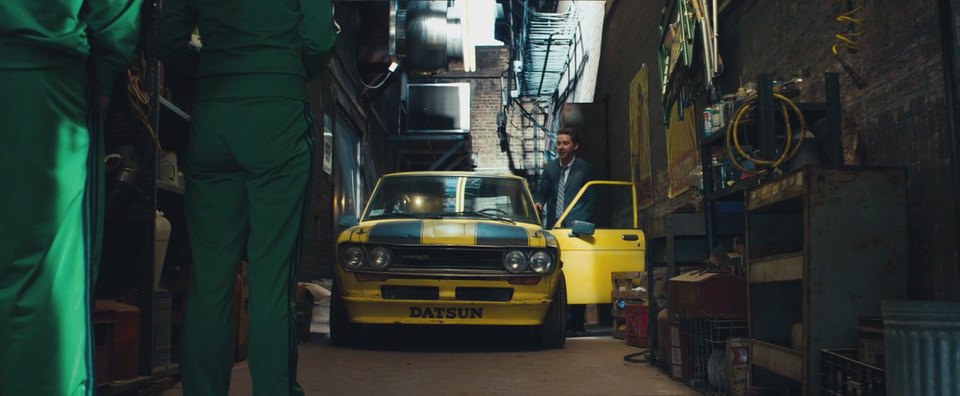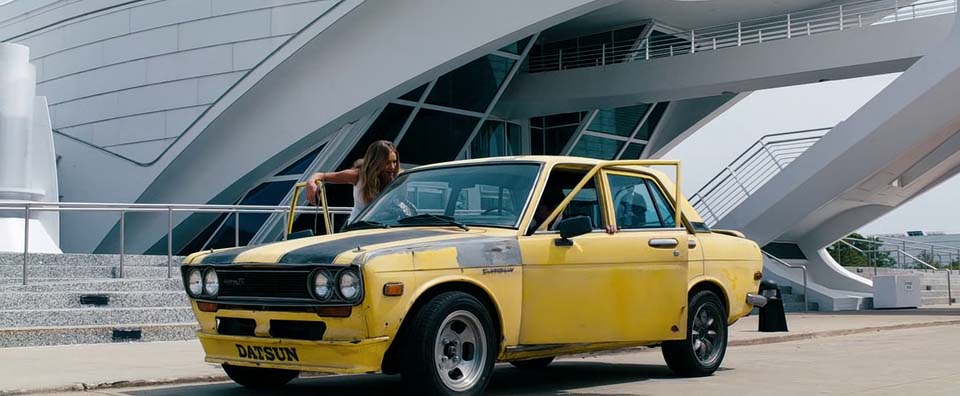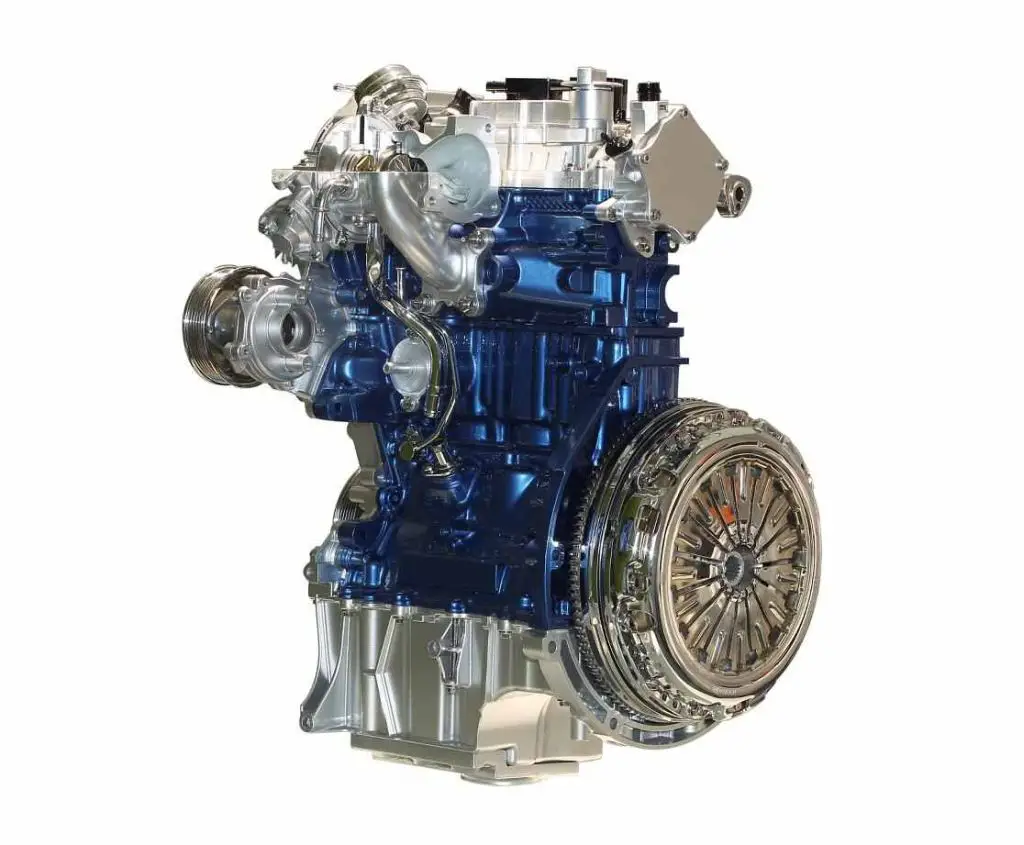Many people, our family, (some) friends and acquaintances will probably, at some point, tell us: "C'mon, don't be like that. Those will be the best days of your life".
How wrong (or not so guaranteed to be right) those words are... I have had the chance, even if for a short amount of time, to work in my field of study, and completely apart from it. Working in my field of study has been one of the best experiences so far, and one thing I'm sure of - I certainly DO NOT MISS being evaluated, the stress of close deadlines, exams, and the frustration and demotivation of not being able to study or lacking time to do so.
It's completely wrong to think study times are easy - it's ridiculous. Some would say I am probably just being a lazy ass, but I'm not. I have tried very hard to exceed my own expectations, push myself to focus and keep working - but it's easy said. I get tired and sick of being demanded to write about things I don't know, understand things others explain poorly, and in the end (except in rare cases) being branded with a number. From 0 to 20. Even if it is a 20, it's just a number. Which does not reflect the effect it had on you - during the work, the almost sadness of wanting to spend personal time with those you like, but you can't because you sacrifice every bit of your time towards work; and after the work is finished, the relief - even if the work was poorly done, you still have the relief, for an instant, of not being burdened by the responsibility of work.
I am tired. I surely don't miss assignments. And, on another (but not independent subject) I'd like to ask Professors and supervisors a little respect for student who enslave themselves and allow getting used for benefit of others. Why do we do it? Because science! Because it's in us and it's who we are - we want to become researchers so badly we allow ourselves to go through every little shit we are told to do.
It's hard to find motivation in all this. But hey: better times will come, right? We do this for the relief and satisfaction after submitting assigned work. We do this because in the end (and in the process) we learn something. Even if we only see a mountain, we learn at every step.
So please, fellow students and researchers: since there is no elevator to sucess, we have to take the stairs. And many people will take them along with you.













